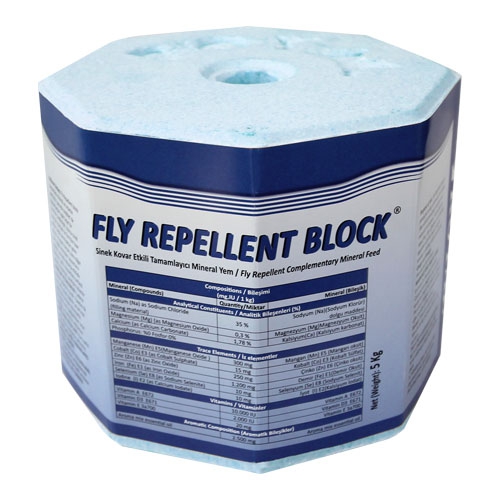See This Report about "Urbanization and the Rise in Wildlife Control Measures"

Balancing Conservation and Nuisance: The Challenges of Wildlife Control

Wildlife is an vital part of our environment, playing necessary functions in preserving the balance of attributes. However, when wildlife populaces increase beyond maintainable amounts or intrude on individual negotiations, conflicts arise. These conflicts typically require effective wild animals command strategies that attack a fragile harmony between conservation and managing nuisance creatures. In this blog message, we will definitely look into the obstacle dealt with in animals command and the usefulness of finding maintainable answers.
One of the primary problem in wild animals command is identifying when assistance is essential. To use less biodiversity, it is necessary to make certain that organic communities continue to be undamaged and untroubled. However, when particular species come to be very abundant or present a hazard to individual security, action have to be taken to manage their populace. This decision-making method requires mindful factor to consider of scientific data and skilled viewpoints to determine if a particular species positions a notable threat.
One more obstacle is located in picking necessary methods for wild animals command that are both helpful and merciful. Standard procedures such as trapping or hunting may be disputable, as they might trigger harm or distress to pets. Therefore, it becomes critical to check out different approaches that lessen suffering while still attaining the wanted result. For example, non-lethal techniques like habitat modification or repellents can easily be used to put off creatures from human resolutions without inducing danger.
In addition, neighborhood involvement plays a important duty in effective animals command systems. It is important to include regional citizens and stakeholders in decision-making methods regarding nuisance animal control. Through fostering available interaction stations and understanding community concerns, authorizations can build strategies that are acceptable to all celebrations entailed.
Balancing preservation initiatives with nuisance pet control likewise demands long-term thinking and program. Simply clearing away problem animals without addressing underlying reason are going to likely lead to recurring disagreements in the future. As a result, carrying out thorough technique that center on habitation remediation and education can assist take care of these problems at their root.
In add- Official Info Here to these obstacle, there are legal factors that should be taken right into account when applying wildlife management procedure. Rules and guidelines differ throughout regions, producing it vital to get through a intricate lawful yard while ensuring that actions are certified along with regional regulations. This incorporates an extra level of difficulty to the currently difficult duty of balancing conservation and nuisance management.
Inevitably, finding sustainable solutions in wildlife management calls for a multidimensional technique that considers scientific investigation, reliable points to consider, area involvement, and long-term program. Through recognizing the difficulty connected along with wildlife command and actively looking for impressive solutions, we can attack a equilibrium between conserving biodiversity and managing nuisance animals successfully.
In conclusion, the difficulty of creatures management deception in balancing conservation efforts along with handling nuisance creatures. Calculating when treatment is essential, choosing proper procedures that are both effective and merciful, engaging along with neighborhood neighborhoods, embracing long-term thinking, and navigating lawful factors are all vital elements to consider. By addressing these obstacle head-on and working towards sustainable answers, we can easily make certain the synchronicity of humans and wildlife while preserving our fragile ecosystems for future productions.
